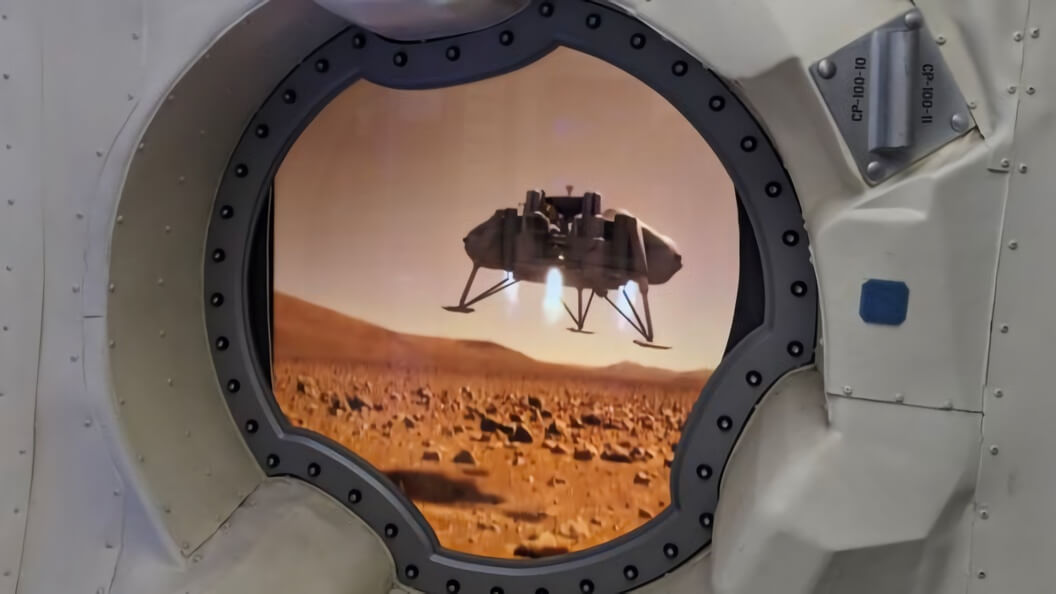Through the looking glass: Due to the sheer distance between Earth and Mars, future astronauts will need onboard computers that'll be able to process intensive workloads locally without having to send information home and wait for answers to be returned. Space is a harsh environment and as researchers are discovering, software is key to helping hardware cope with these harsh climates.

Two Hewlett Packard Enterprise servers were sent into space in August 2017 for experimental testing aboard the International Space Station. The team behind the mission wanted to see how durable the systems were with minimal specialist treatment.
The Linux machines are collectively referred to as the Spaceborne Computer and have “supercomputer processing power.” The issue? They were due back on Earth months ago.
According to a recent report from the BBC, their return flight was postponed in October 2018 after a Russian rocket failure. Some 530 days later, the systems are still alive although there have been a few hiccups.
HPE senior content architect Adrian Kasbergen told the BBC there was an issue with the redundancy power supply and some of the solid state drives. The failures were handled by autonomous management software and don’t sound as if they were too serious. Still, they’d like to get the machines back to Earth to figure out exactly what went wrong.
The systems were not modified for their trip to space save for a change in how they are cooled. Heat is wicked away from the system using a cooling solution that ties into the ISS's primary water-cooling system.
The real key, as you'll hear about in the podcast above, is in the software.
Kasbergen said the systems may be able to hitch a ride back home in June 2019 if there is enough room. As it stands right now, however, “they haven’t got a ticket.”
HPE is working with NASA as well as Elon Musk’s SpaceX to be “computer-ready” for the first manned mission to Mars tentatively scheduled to take place sometime around 2030.
https://www.techspot.com/news/78959-using-software-help-hardware-cope-harsh-environments-space.html